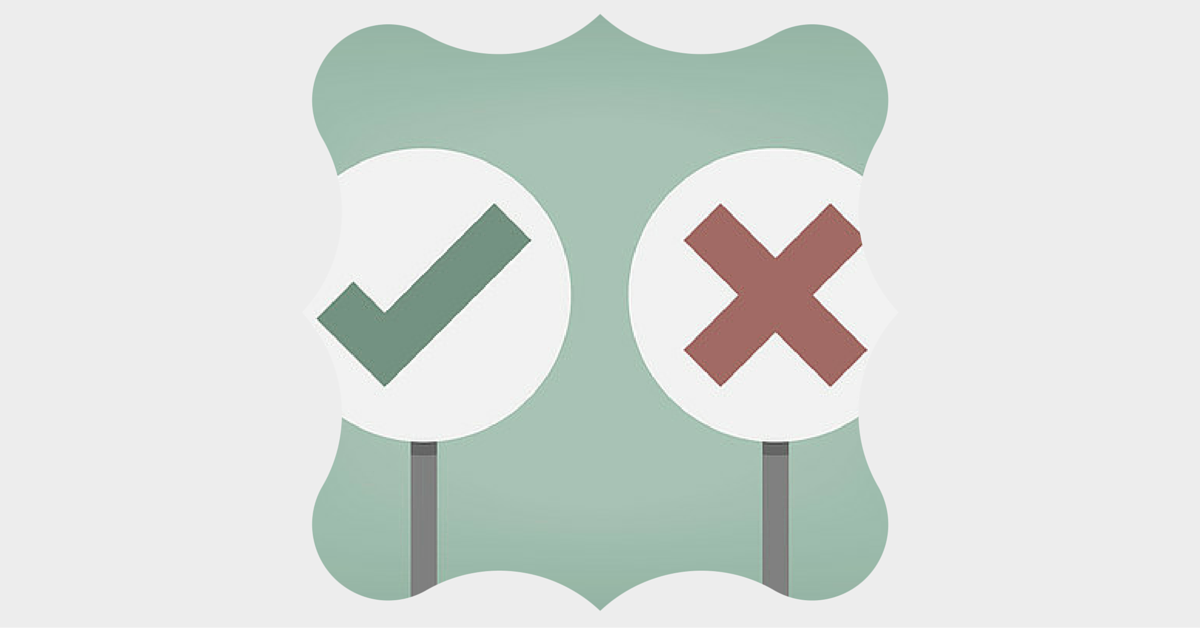 Have you ever participated in a marathon? A cross-country marathon? Maybe a walk for a cause? You register for this event and arrive at the designated time and place. You greet everyone and know you belong, because you have a similar sports gear on (t-shirt, wrist band, caps etc).
Have you ever participated in a marathon? A cross-country marathon? Maybe a walk for a cause? You register for this event and arrive at the designated time and place. You greet everyone and know you belong, because you have a similar sports gear on (t-shirt, wrist band, caps etc).
You receive the road-map of the route you have to take. You have a clear view of the start and finish points on this road map. You know the distance between the points and you also know the estimated time taken to complete the race/walk.
In addition, you know the points on the road map at which you change into your cycling gear or into your swimming gear. You know where you are in the road map, because it says clearly with an “X”: “You are here”. You also know that winners are selected based on shortest time, and the rest of the crowd receives a participation/completion certificate.
Time. You have practiced hard, and you know you want to beat your last time!
During the race, you check your time and you check your location in the road map. This keeps you updated on your performance.
Wait a minute, this article is not about your race! What did we just establish here? An analogy for learning and development goals. The roadmap in the above scenario is your learning/performance goal. The time and distance is your learning/performance criteria. Registering and arriving on time on the start point are your precursor activities to your race.
Imagine not having the roadmap to guide you from start to finish. Imagine not receiving any time or distance updates. We all walk (run) in circles when we are lost!
This is precisely the fate of a course without learning goals and performance criteria. Your learners would be lost in the learning content, not sure about its value and application. Unfortunately, this situation is not too uncommon. A good amount of courses collect dust because of their bad reputation!
No matter how sophisticated your learning management system (LMS) is, how modern and chic your course authoring tool is, without defining the course’s learning goal, you have set yourself for a headache.
What is a learning goal anyway?
Better yet, “What do you want your learners to learn towards the end of your course?”
Answer this question for each topic or module you create in the course. Let’s talk about how to answer this question. The idea is to answer this question using pre-conditions, action and criteria format. Consider this example:
After completing the equipment demonstration section, learner should be able to construct a new model, with 100% accuracy.
Let’s break down this learning goal:
- Precondition: After completing the equipment demonstration section
- Action: learner should be able to construct a new model
- Criteria: with 100% accuracy
Now, that wasn’t so hard. The tricky part is getting the “Action” in the learning goal right. There are several ways to get the “Action” part as close as possible to your course’s content.
Think: Bloom’s Taxonomy. Let’s refresh your memory. Examine the following cognitive strategies and their associated “action” words (verbs) you can use in your learning goal.
- Knowledge: define, describe, know, indicate, describe, restate, show, select.
- Comprehension: choose, cite, convert, select, distinguish, estimate, and give examples.
- Application: Act, administer, apply, change, estimate, facilitate, illustrate, modify.
- Analysis: analyze, appraise, assess, break down, differentiate, infer, inspect, discriminate,
- Synthesis: construct, create, design, develop, establish, explain, formulate, generate.
- Evaluation: appraise, assess, collaborate, compare, conclude, contrast, and criticize.
In the above learning goal example, the criteria to measure or indicate whether learning did take place is “…with 100% accuracy” which implies that there is no room for error. This strict criteria is critical in situations where human lives or other risky factors are involved. Criteria will also establish assessment items, which we will discuss in the next article.
Consider the following points as you develop learning goals for your next eLearning course:
- Learning goals don’t limit your teaching content, rather they define the scope of your content. Your learning goals highlight the mandatory or important points your learners always need to know. They also guide the learners towards the supporting content, theory, data, different points of view, and relevant facts related to the learning goals.
- The number of learning goals depends on the length of your content. Keep the number realistic, comprehensive and concise. If this is your first time, create a short list of learning goals. Best practices in instruction design usually talk about five or six goals as a starting point.
- Write learning goal statements that begin with action verbs. This not only specifies the knowledge/skill/behavior/attitude learned by the learner but also how it can be measured. Action words or verbs determine what needs to be assessed (did this learner develop a plan, appraise a process, compare two scenarios, demonstrate a solution?).
- Engage the SME to incorporate the learning content or discipline sensitive language or jargon. This keeps the material cohesive and related to each other.
- Think of learning goals that will pique your learners’ interest and attract them to your course. Consider how discipline specific goals map to broader skills attainment (e.g., critical thinking, analytical reasoning, synthesis, application to work context etc.).
- Reflect back on your training experience. Recall the evidences indicated by learners that learning did take place? Was it the quality of their discussions? Was it their scores or was it their assignment? In short, notice how you were able to measure their learning. Bottom line, create learning goals that will be measureable to prove learning.
Conclusion
Learning goals help establish transparency in your course’s content. They establish clear expectations for the learner and from the learning material. They combine the previous knowledge with the current to create a new outcome. Learning goals set up the requirements for the new outcome and how it will hold meaning and value to the learner.
Perhaps the best part about communicating learning goals to the learner is the explicit skill, knowledge or behavior the learner will undergo, after completing the course or a section of the course. This information is the single most powerful motivator to keep the learner on track and the learning an ultimate success.
| Tags: Learning Goals & Objectives


